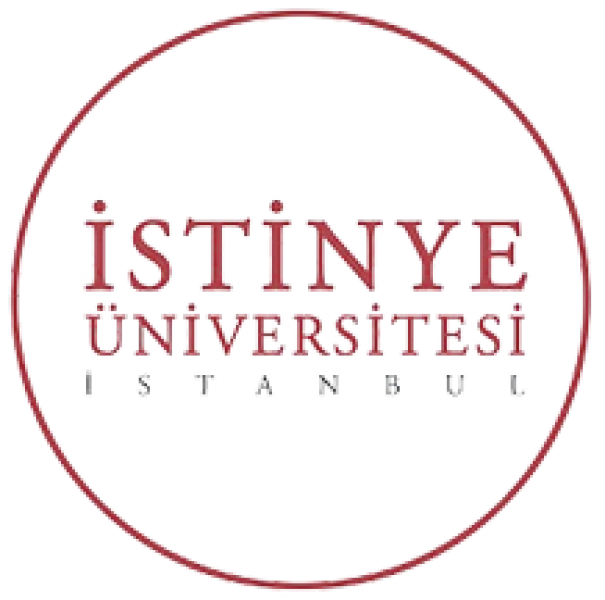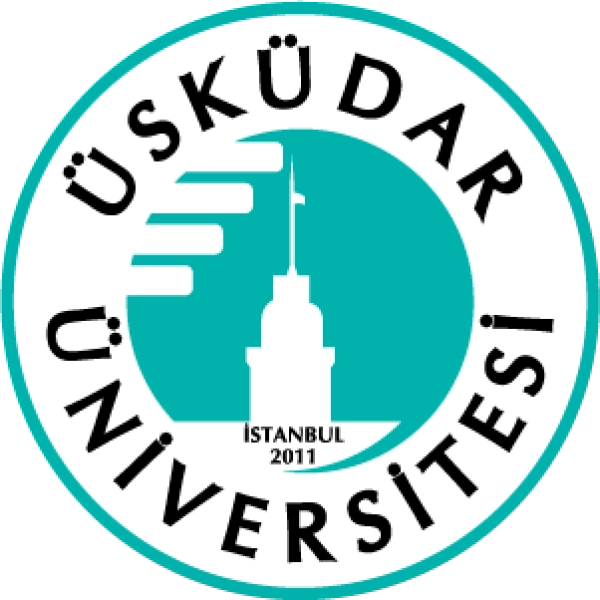College: Graduate Programs Institute
This specialization focuses on a detailed study of human anatomy from a clinical perspective. Students explore the structure and function of the human body, emphasizing the understanding of anatomical differences, diseases, and clinical applications. The program integrates traditional anatomical knowledge with modern medical imaging, surgical techniques, and clinical research. Graduates are prepared for careers in medical education, clinical research, surgical fields, and related health professions.
Learning Objectives:
- Understand the basics of human anatomy and its clinical applications.
- Develop skills in anatomy, medical imaging, and surgical techniques.
- Learn how to identify and analyze anatomical differences and diseases.
- Explore principles of clinical research and evidence-based medicine.
- Understand the role of anatomy in medical education and clinical practice.
- Analyze challenges and opportunities in clinical anatomy and healthcare.
- Develop teamwork and problem-solving skills in clinical and research environments.
Main Curriculum:
- Introduction to Clinical Anatomy
- Overview of human anatomy and its importance in clinical practice.
- Basics of anatomical terminology, body systems, and clinical correlations.
- Gross Anatomy
- Detailed study of gross anatomy of the human body, including the musculoskeletal, cardiovascular, respiratory, digestive, urinary, reproductive, and nervous systems.
- Dissection techniques and identification of anatomical structures.
- Medical Imaging in Anatomy
- Principles of medical imaging techniques, including X-rays, CT scans, MRI, and ultrasound.
- Techniques for interpreting medical images and relating them to anatomical structures.
- Surgical Anatomy
- Basics of surgical anatomy, including surgical methods, landmarks, and techniques.
- Techniques for applying anatomical knowledge in surgical procedures.
- Clinical Pathology and Anatomy
- Exploration of anatomical differences, congenital abnormalities, and diseases.
- Techniques for identifying and analyzing anatomical anomalies and their clinical implications.
- Neuroanatomy
- Detailed study of the nervous system, including the brain, spinal cord, and peripheral nerves.
- Techniques to understand and apply neuroanatomical knowledge in clinical practice.
- Embryology
- Basics of embryology, including early human development, organ formation, and congenital abnormalities.
- Techniques for understanding developmental anatomy and its clinical significance.
- Research Methods in Clinical Anatomy
- Principles of research methods in clinical anatomy, including study design, data collection, and analysis.
- Techniques for conducting and evaluating anatomical clinical research.
- Clinical Practical Training in Anatomy
- Real-world clinical experiences, including observations, internships, and practical projects.
- Techniques for applying acquired skills in practical clinical environments.
- Capstone Project in Clinical Anatomy
- Comprehensive project to apply skills gained in anatomical research, medical imaging, or surgical techniques.
- Techniques for presenting a polished and clinically relevant anatomical study.
Assessment Methods:
- Anatomical dissection reports, medical imaging analyses, surgical technique presentations, pathology case studies, neuroanatomy projects, embryology research papers, research methodology presentations, clinical practical training reports, capstone projects, team projects, and internships.
Recommended Textbooks:
- "Clinically Oriented Anatomy" by Keith L. Moore, Arthur F. Dalley, and Anne M.R. Agur.
- "Gray's Anatomy for Students" by Richard Drake.
- "Surgical Anatomy and Technique" by Glenn W. Geelhoed and Joel D. Treacy.
- "Neuroanatomy: Text and Atlas" by Duane E. Haines.
- "Langman's Medical Embryology" by T.W. Sadler.
Prerequisites:
Basic knowledge of biology, anatomy, and physiology. Suitable for students interested in medical education, clinical research, surgery, and healthcare professions.
Duration of Specialization:
Typically 4 years for a bachelor's degree, including coursework, projects, practical training, and internships. Advanced degrees may take additional years.
Certification:
Graduates may obtain a degree in clinical anatomy and pursue specializations or professional certifications in medical education, clinical research, or surgical fields.
Target Audience:
Aspiring medical educators, clinical researchers, surgeons, and healthcare professionals seeking specialization in clinical anatomy. This specialization equips students with the anatomical, clinical, and research skills needed to excel in clinical anatomy, supporting advancement in medical education, clinical practice, and healthcare research.


